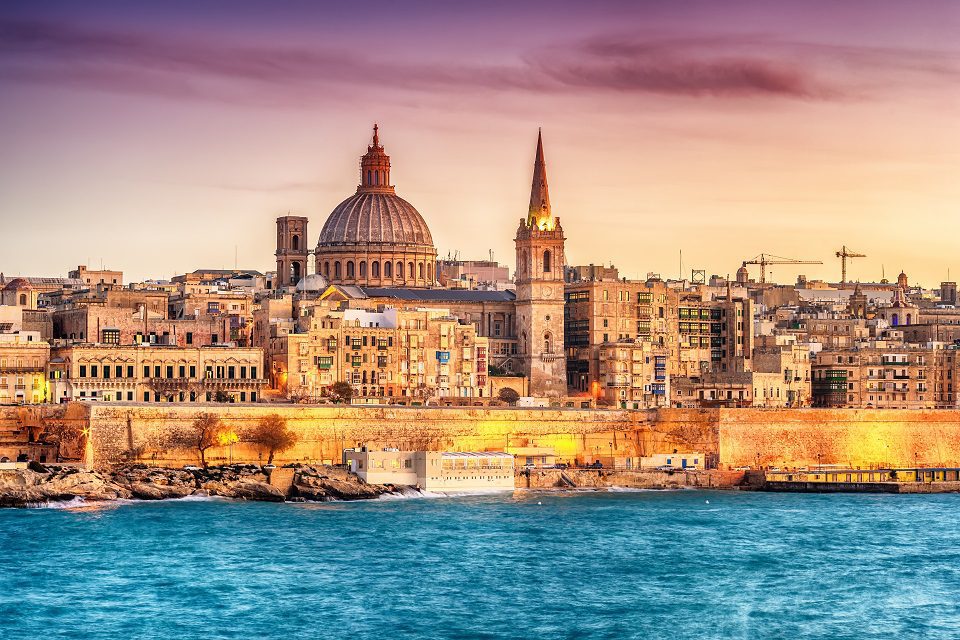
Get orientated – Throughout history, many have wanted a piece of Valletta: Romans, Turks, Napoleon. Few got far. Malta’s stubborn capital was even built on the back of its greatest victory: a do-or-die siege in 1565 against 40,000 invading Ottoman Turks. Outmanned four to one, the Knights of St John (a Catholic military order) held fast before creating a fort-city to match their zeal and baroque tastes.
Today, the UNESCO-listed capital has preserved its historic gems as if kept in bubblewrap. It’s also basking in its latest victory, as the European Capital of Culture 2018. And, just as in 1565, change is afoot.
The City Gate (the first thing the Knights built were the walls) has been rebuilt while Valletta’s bombed-out opera house, in ruins since the Second World War, has been turned into a grand open-air venue. Boutique hotels and galleries are cropping up in the old townhouses across the city, but Valletta’s main joy remains: strolling its narrow alleys, churches and historic forts in a haze of baroque wonder.
Getting there & around
Air Malta flies from Bristol, Birmingham, Manchester and London Gatwick and Heathrow to Malta Inti Airport, 9km from Valletta. The Airport 1 bus (X4) goes to the capital, stopping by the City Gate.
The visit – From the newly golden City Gate runs the main artery of Republic Street. The auditorium, risen from the opera house ashes, is on the right. Turn and you’ll spy Upper Barrakka Gardens, the highest point in the Knights’ fortifications, gazing over to the Grand Harbour where the Great Siege once raged.
Ahead, the city’s central St John’s Co-Cathedral was completed plain and fortress-like in 1577. But as the Ottoman threat dimmed, the Knights fell into more courtly pursuits. By the mid-17th century, a baroque interior was created to rival that of Rome.
Further on, the recently restored Grandmaster’s Palace now houses Malta’s parliament. A tour of its armoury and apartments is eye-opening, as is the nearby National Museum of Archaeology, a former auberge of the Knights and home to a wealth of prehistoric carvings from Malta’s neolithic temples.
At Republic Street’s end lies Fort Saint Elmo, its outer walls scarred from the Great Siege, when it fell to the Turks. Inside, a museum narrates the story of wartime Malta, up to the Second World War – a tale continued in the War Rooms beneath the city, where US President Eisenhower once plotted Sicily’s fa II. Finish by hopping the Three Cities Ferry to explore the surrounding fort towns of Birgu, Seng lea and Cospicua that were also built by the Knights.







